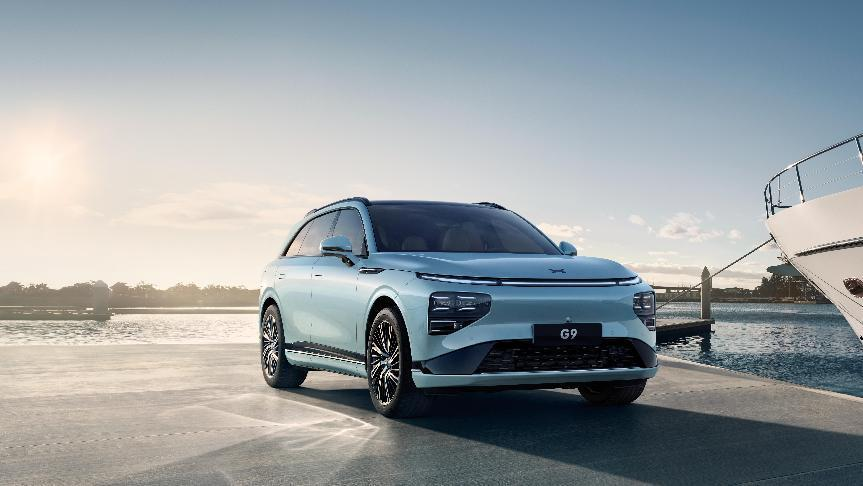Author: Xie Hezuo
Have you felt that “intelligence” has become a considerably popular topic in recent years? From mobile phones and home appliances to cars, everything is constantly moving towards intelligence. Smartphones need no introduction, and smart homes have quietly entered the lives of ordinary people, giving everyone a deeper understanding of “intelligence”.
“Smart cars” are relatively new, still in the early stages of development, and many of us are unfamiliar with them and are unclear about what a truly “smart car” can do. This article will use the all-intelligent SUV – XPeng G9 as an example to tell you what a true “smart car” should be like.
What is a fully intelligent car?
There are many explanations for “intelligence”, and there are different explanations in different products and scenarios, but the ultimate goal is the same — to liberate manpower and allow people to be lazier.
Taking smart homes as an example, it can realize functions such as waking up on time, automatically opening curtains, providing weather conditions, automatically locking the door and turning off all appliances when going out, and automatically turning on the air conditioner to adjust the indoor temperature when returning home. These scenarios are all classic smart home features, just like having a 7*24h housekeeper constantly serving you, allowing you to be liberated from some trivial matters.
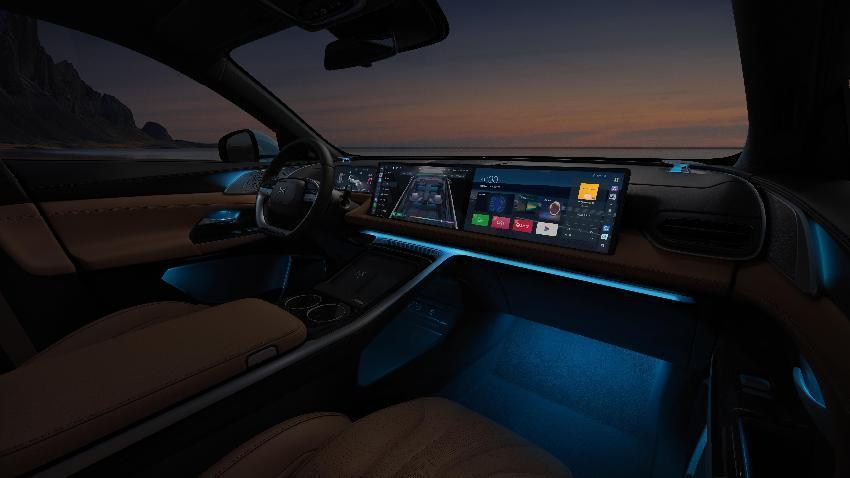
Smart cars are the same. In the daily use of cars, there will be a “housekeeper” to help you realize various scenarios encountered on the road, such as automatically parking out of the parking space for convenient pick-up of passengers, setting various functions (such as navigation, vehicle air conditioning) in two or three sentences, and the vehicle will also automatically drive to reduce the burden on the driver.
As long as these intelligent performances can be realized in certain scenarios, we can call this car a “smart car”. The requirements for a “fully intelligent car” are even higher, and only a car with considerable intelligent performances in all scenarios can be called a “fully intelligent car”.
What are the all-intelligent performances of XPeng G9?
In our normal use of cars, according to the division of scenes based on space and interaction objects, they can roughly be divided into two major categories. The first category is outside the car, the interactions between cars and cars, cars and roads, and cars and pedestrians in different scenarios, which is the driving part, safely and quickly going from point A to point B. The second category is inside the car, the scenes where the driver or passenger interacts with the vehicle, controls or uses the various functions of the car body, which is the intelligent cabin part that we commonly speak of. And XPeng G9 has a complete intelligent experience in both of these two types of scenes.
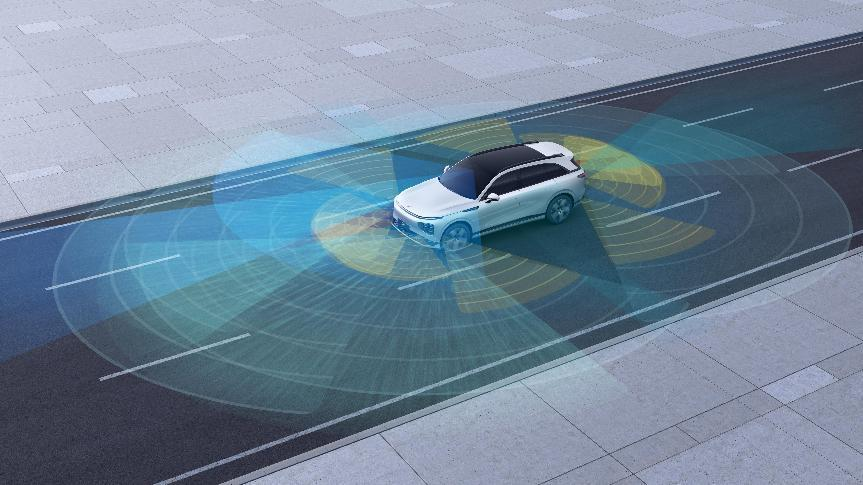 Firstly, in terms of driving, Xpeng G9 will be capable of achieving all-scenario intelligent driving assistance, covering various scenarios from one parking lot to another. To obtain powerful perception ability, Xpeng G9 is equipped with a perception system consisting of 2 lidars, 5 millimeter-wave radars, 12 ultrasonic sensors, 12 cameras, and a high-precision positioning unit, totaling 31 sensors.
Firstly, in terms of driving, Xpeng G9 will be capable of achieving all-scenario intelligent driving assistance, covering various scenarios from one parking lot to another. To obtain powerful perception ability, Xpeng G9 is equipped with a perception system consisting of 2 lidars, 5 millimeter-wave radars, 12 ultrasonic sensors, 12 cameras, and a high-precision positioning unit, totaling 31 sensors.
The lidars are arranged on both sides of the front of the car, and the dual lidar scheme of Xpeng G9 has a larger left-right detection angle than the single-lidar + tower layout. It can cover the range from left to right 180°. Additionally, due to its proximity to the front of the car, it can more accurately identify low-lying objects in front of the car, providing better detection capability in complex urban road conditions. Furthermore, the low drag and wind noise are also advantages of the lidar layout scheme, which can bring better NVH performance to the car.
Of course, more lidars are not necessarily better. Some car models are equipped with a three-lidar or even a four-lidar scheme. Although the combination of pure lidars has a wider detection angle, it overlaps to a certain extent with the detection range of the original sensors, resulting in waste. Moreover, the cost is also increased, and ultimately this cost will be shouldered by consumers.
Therefore, the dual-lidar layout scheme in the front of the car is a solution that balances detection performance and cost, and after integrating various sensor data such as vision, ultrasonic sensors, millimeter-wave radars, it can achieve 360° dual-redundant perception of the surrounding environment. Compared with other perception schemes, it has better perception capability or cost advantages, making it more suitable for domestic environments.
In order to quickly process the data collected by so many sensors, Xpeng G9 is also equipped with two NVIDIA Orin X chips, with a total computing power of 508TOPS. For comparison, the total computing power of the HW3.0 hardware on the current Tesla Model Y is only 144TOPS, less than one-third of Xpeng G9’s computing power.With the assist of the XPeng intelligent driving system software, the XPeng G9 possesses functions such as NGP (Navigation Guided Pilot) at high-speed, NGP in the city, and VPA (Vehicle Parking Assistant) memory parking. Besides simple scenarios such as following, changing lanes, and automatic entering and exiting of slip roads on high-speed roads, the XPeng G9 can also cover more complicated scenarios such as driving through roundabouts, passing through traffic lights intersections, and making an unprotected left turn in urban roads. In addition, the memory parking function can help the vehicle park into the previously memorized parking space automatically once it arrives in the parking lot.
Simply put, from the moment the driver obtains the vehicle until they park at their destination, regardless of whether they are on a high-speed road, a fast road, or an urban road, the XPeng G9 can use advanced driving assistant to alleviate the driver’s pressure. Functionally speaking, XPeng’s driving assistant capabilities can fully meet the standards of L4 driving assistant in the conventional definition, making it a leader in the domestic market.

After reviewing the all-scenario driving assistant, let’s take a look at the all-scenario intelligent interaction. In the previous XPeng models, the intelligent cabin has shown excellent performance, and in the XPeng G9, the experience is even better.
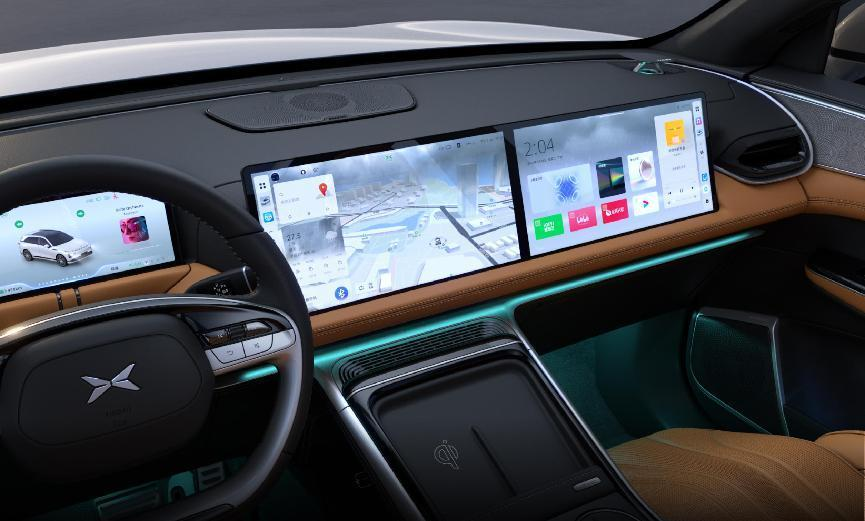
The first thing to note is the human-machine interaction system. XPeng G9 is equipped with the industry’s first mass-produced 3D UI-based human-machine interaction system, built on the Unity 3D rendering engine, which projects real-world situations onto the in-car screen. Compared with ordinary 2D UI, 3D human-machine interaction system can better present the driving perception information of the driver and the usage of the driving assistant system, reducing the difficulty of obtaining information and improving the immersion and driving safety of the cabin interaction.
In addition, the intelligent voice interaction has also been upgraded. XPeng’s original voice interaction function was already its core competence, allowing various functions such as setting navigation, searching for music, adjusting vehicle settings, and changing lanes by voice. However, XPeng did not stop there. After achieving full coverage of voice-controlled functionality in all scenarios, XPeng G9 continued to improve from another perspective. The current voice interaction now achieves a state closer to human conversation.
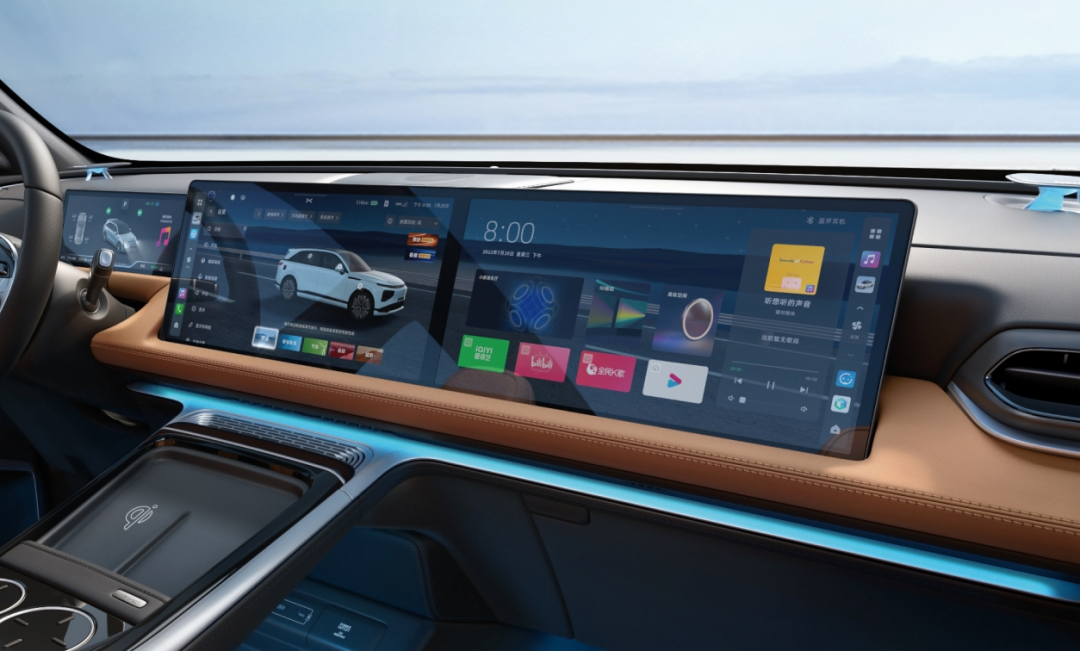 # Little Xpeng G9 Intelligent Car: Bringing More Value to Your Driving Experience
# Little Xpeng G9 Intelligent Car: Bringing More Value to Your Driving Experience
Little Xpeng G9 is an outstanding and fully intelligent car, with the first 3D human-computer interactive system, and high-performance voice interaction that responds instantly and accurately to commands, achieving the “saying is doing” mode in real time. Besides, G9 voice interaction executes concurrent commands, with an ability to handle over 40 commands in a minute, surpassing the 1 minute, 16 commands that Little Xpeng P7 once led the industry. However, besides these two features, what really sets the Xpeng G9 apart is its local call and four-zone voice recognition capabilities. The former allows users to control the vehicle’s functions, such as air conditioning or window control, even without Internet or weak signal. The latter feature, which also considers sound source direction and source separation on top of general four-zone voice recognition, ensures that when one passenger is using the voice interaction system, the speech of other passengers in other zones won’t interfere with the system’s functioning.
From end-to-end driving assistance, industry-first 3D human-computer interactive system, and high-performance voice interaction, Xpeng G9 offers a smarter and more realistic intelligent performance. It is undoubtedly a fully intelligent car with outstanding potential.
Conclusion
Overall, intelligent cars are the way forward. They will inject more value into the life of vehicle owners, and numerous auto companies are moving in this direction. Little G9 has taken a giant lead in the “all-intelligent” car competition. However, familiar with Xpeng brand, we can be sure that Xpeng never rests on its laurels. Xpeng has been continually refining its products since its founding, and we have every reason to believe that Little G9 will maintain its leadership position in the market. With Little G9, Xpeng has shown consumers what a genuine intelligent car is like.
This article is a translation by ChatGPT of a Chinese report from 42HOW. If you have any questions about it, please email bd@42how.com.
